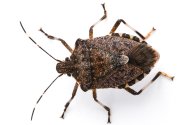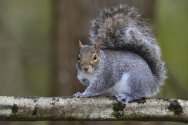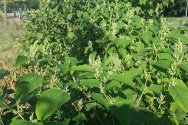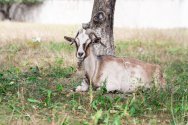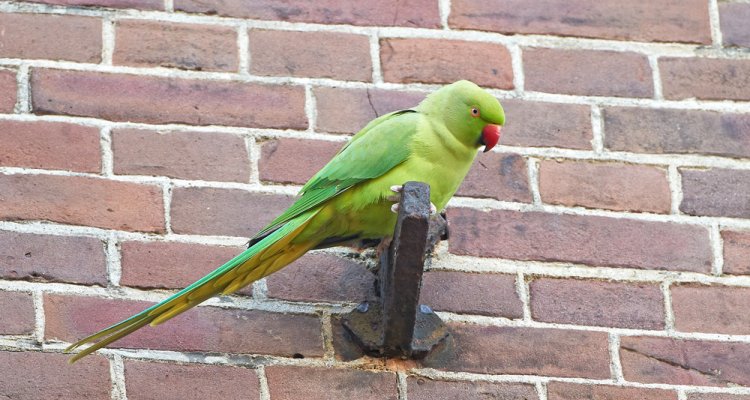
Dossier
Exotic species in the Netherlands
Exotic species, also known as alien or introduced species, are animals, plants, fungi or micro-organisms imported through human activity into an area where they do not originally occur, but where they proceed to thrive. Species which were introduced to the Netherlands before the year 1500, such as the rabbit, the pheasant and the mute swan, do not count and are considered indigenous.
Exotic species are sometimes introduced deliberately. An example is the multicoloured Asian ladybird, released in Europe 20 years ago to combat aphids. Pheasants and fallow deer were once released as hunting game. And every year hundreds of turtles and pond perch are released into Dutch watercourses when their owners have had enough of them.
But a lot of species get introduced by accident. Sometimes pets or ornamental animals escape from captivity, as did the Egyptian goose, the Pallas’s squirrel and the Italian crested newt. Marine creatures such as the Chinese mitten crab are brought in with ballast water from ships; the tiger mosquito hitches a ride on tropical plants. And since a canal was dug between the Rhine and Danube 20 years ago, fish species from the Danube watershed, such as the round goby and the money goby, have been able to reach our waters.
There is another category of newcomers that we do not count as exotic: species such as the great egret, whose habitat is shifting as a result of climate change. They are counted in the same category as the lynx, wildcat, wolf and perhaps the golden jackal: animals that settle here of their own accord.
Species monitoring through eDNA
With the help of environmental DNA (eDNA), researchers can demonstrate the presence of animal species, for example based on water samples.
Publications
-
Dataset underlying the publication: "MoGAAAP: A modular Snakemake workflow for automated genome assembly and annotation with quality assessment"
-
Gids voor participatieve modellering in gebiedsprocessen
-
Unlocking the potential of fermented beetroot ketchup : Enhancing polyphenol recovery and gut microbiota interactions
Food Chemistry (2025), Volume: 463 - ISSN 0308-8146 -
Deze darm-machine weet precies wat goed voor je is : Poepmachine
-
Towards food-grade recycling of plastic packages, understanding contamination pathways
-
Evaluation of the biodegradability of surfactants through catabolism-based grouping and read-across
Wageningen University. Promotor(en): A.J.M. Stams, co-promotor(en): C.M. Plugge, Cornelis G. van Ginkel - Wageningen: Wageningen University - ISBN: 9789465103235 -
So kann Deutschland eine neue Chipindustrie aufbauen
-
PlantalyzerTM - tomato monitoring robot for harvesting forecast
-
AI in agriculture
-
A comparative analysis of planarian regeneration specificity reveals tissue polarity contributions of the axial cWnt signalling gradient

